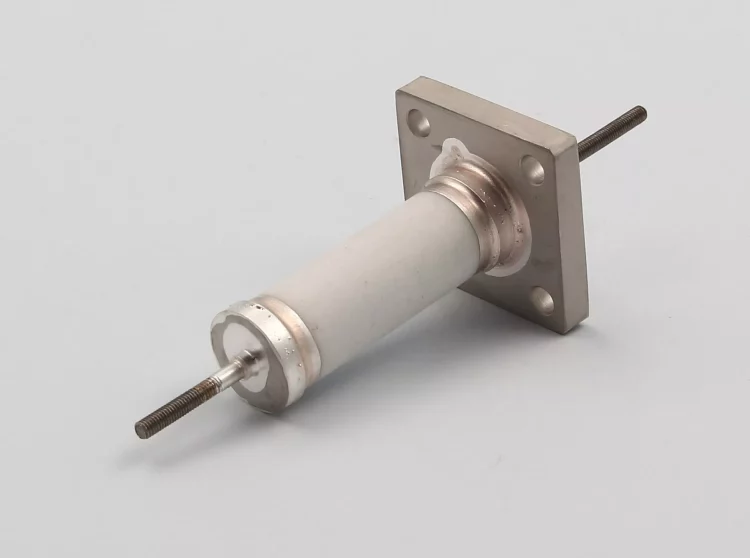Metal brazing is a versatile joining process utilized for bonding metal pieces by employing a filler metal with a lower melting point than the base metals being joined. The process involves meticulous surface preparation to remove contaminants, assembly of the parts with a small gap, and optional application of flux to prevent oxidation during heating. Heating the assembly uniformly to a temperature above the filler metal's melting point but below that of the base metals facilitates capillary action, drawing the molten filler metal into the joint. Upon cooling, a strong metallurgical bond forms, providing advantages such as the ability to join dissimilar metals and lower operating temperatures compared to welding.
One of the significant advantages of metal brazing is its suitability for joining dissimilar metals, offering versatility in applications where compatibility between different materials is necessary. Furthermore, the process operates at lower temperatures compared to welding, reducing the risk of thermal distortion and metallurgical changes in the base metals. Additionally, brazing produces clean and aesthetically pleasing joints, making it ideal for applications where appearance matters.
2023-10-27
As we all know, ceramic materials have excellent high temperature resistance, wear resistance, corrosion resistance, low density, good insulation characteristics, and have broad application prospects ...
